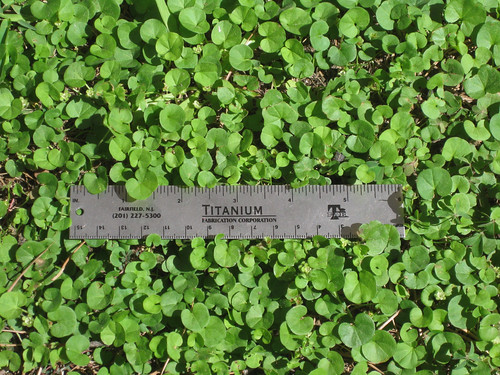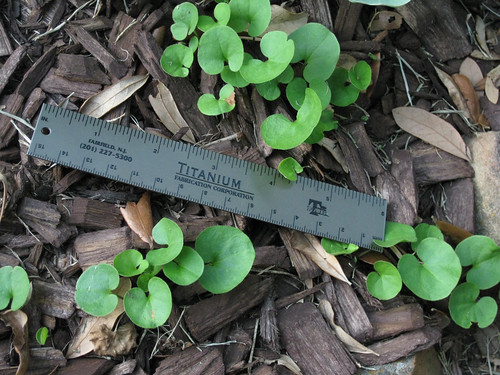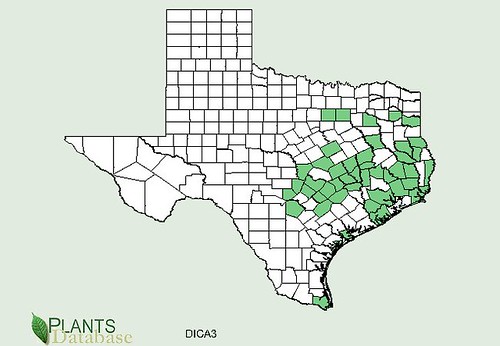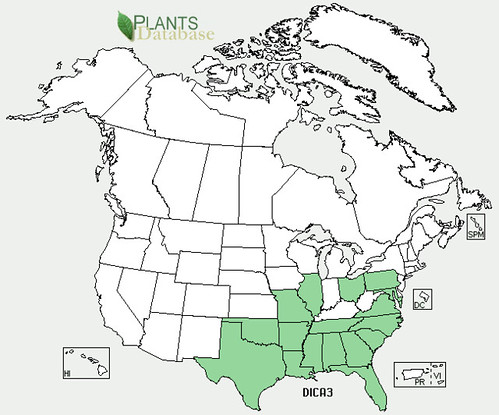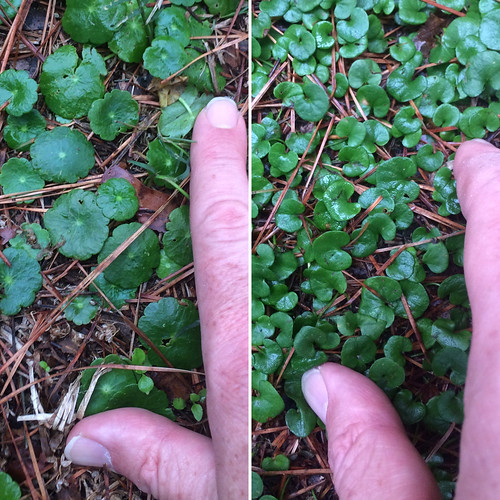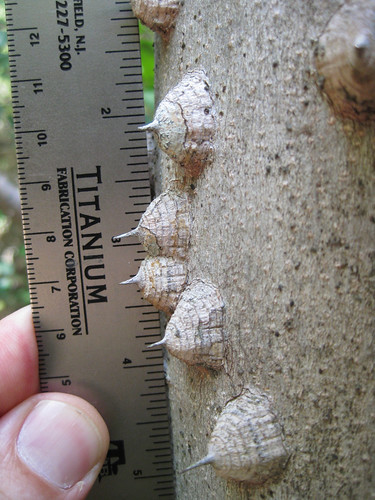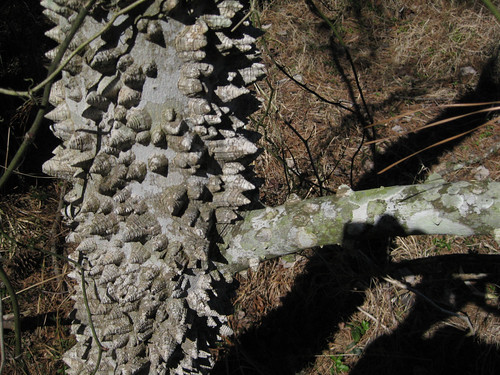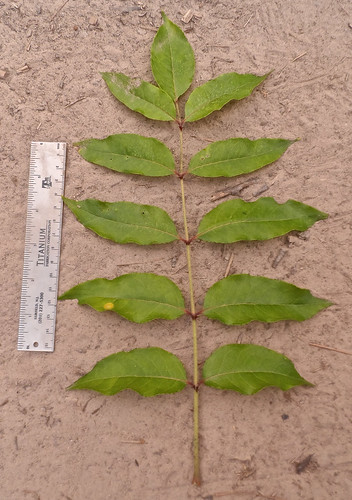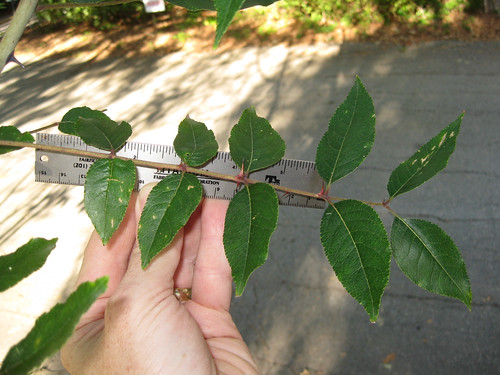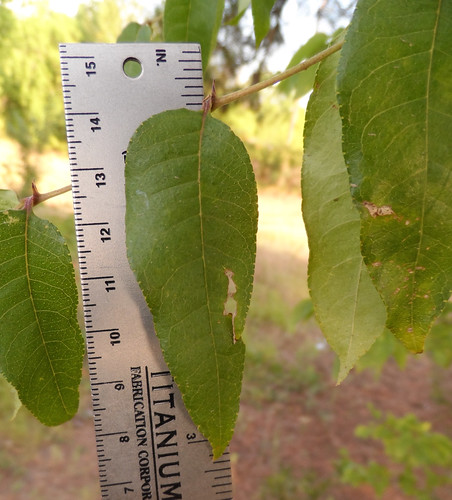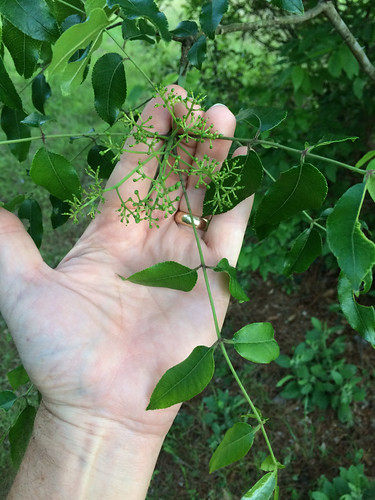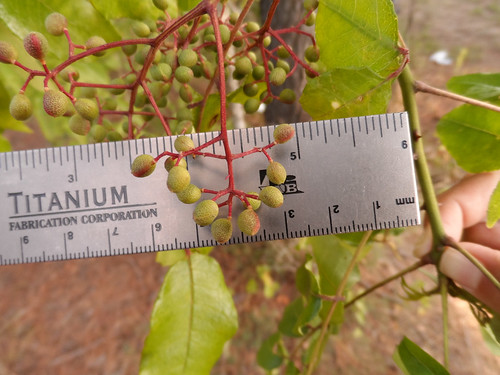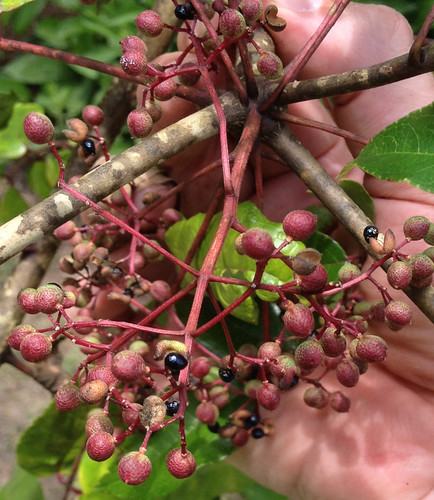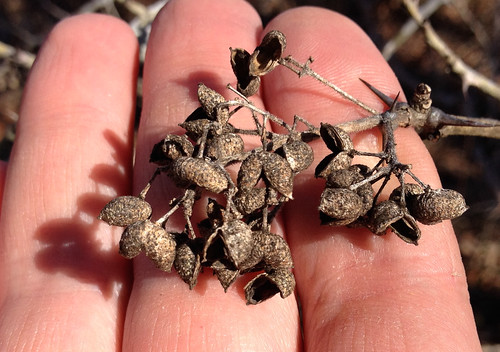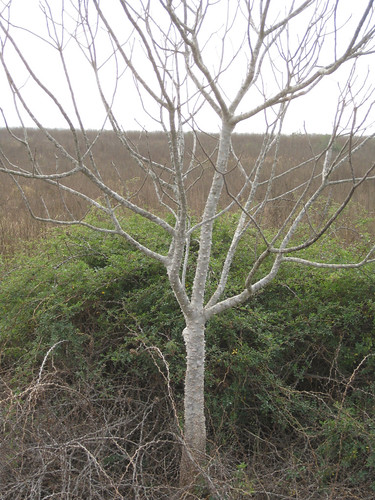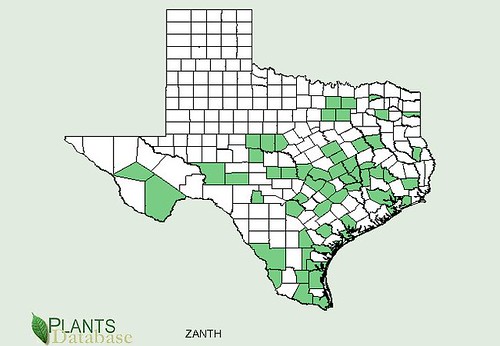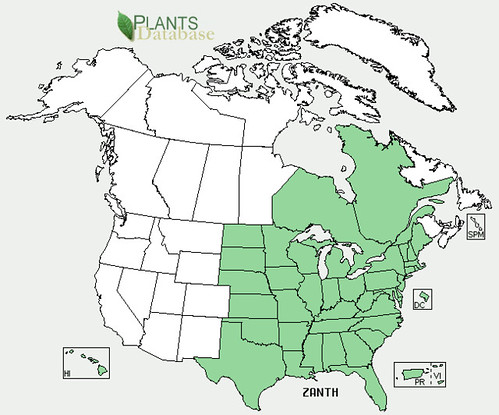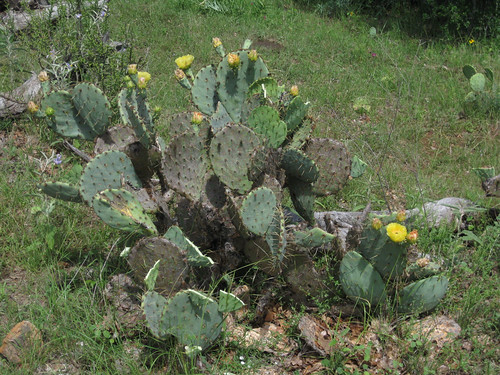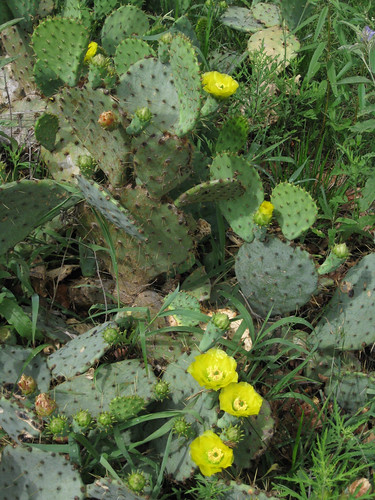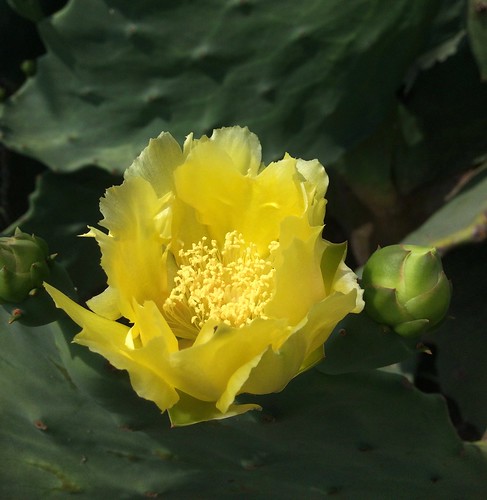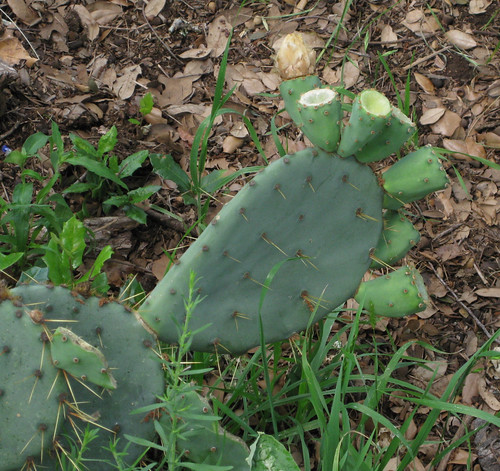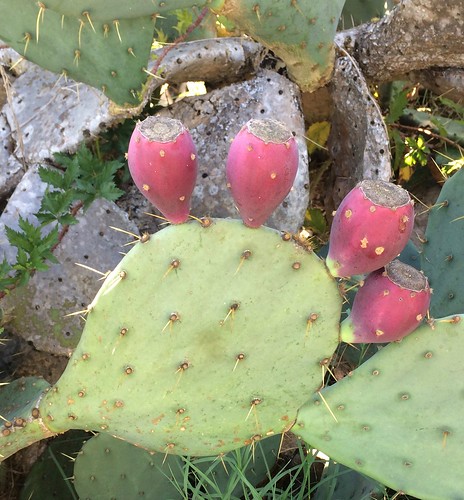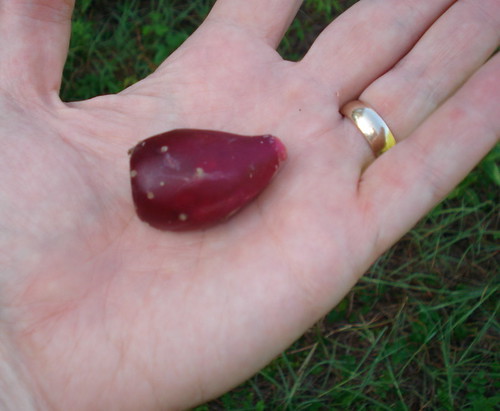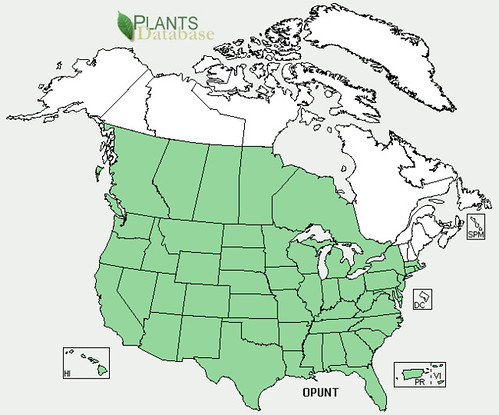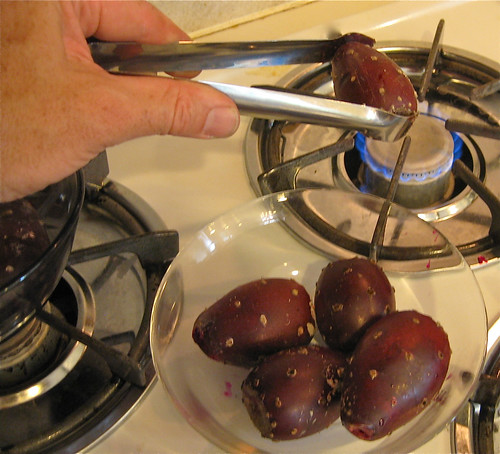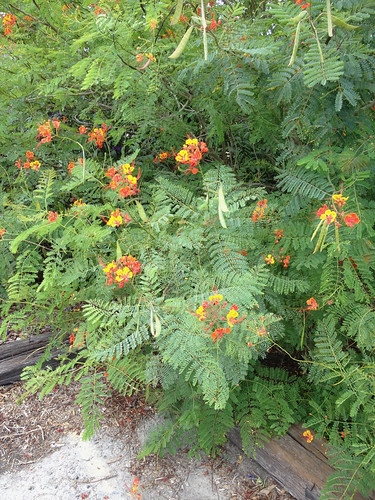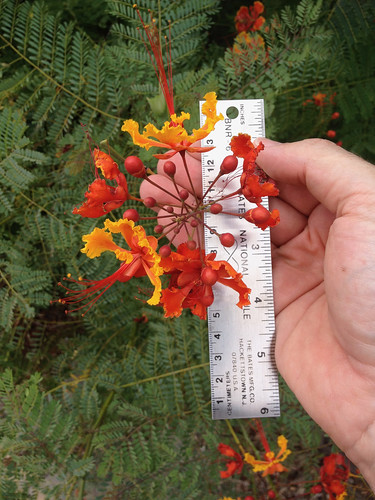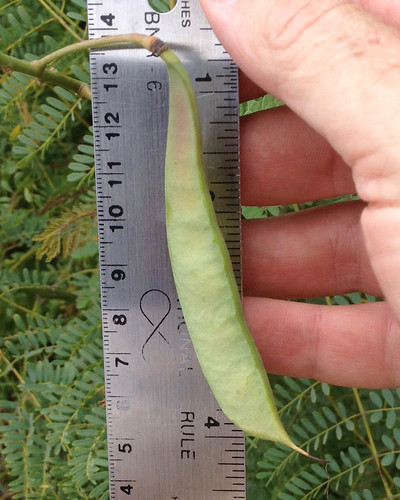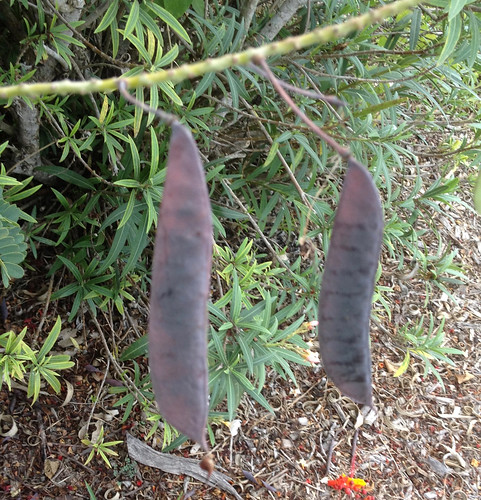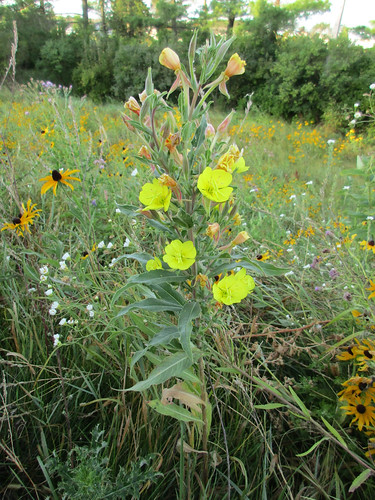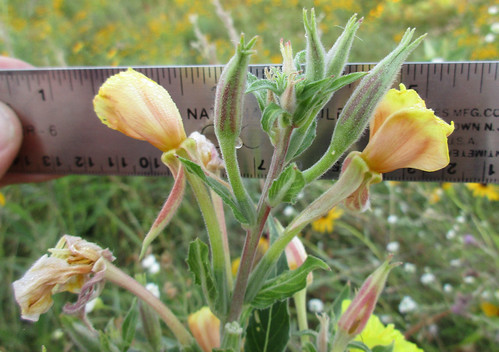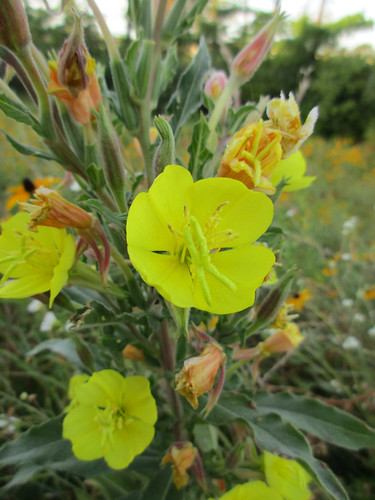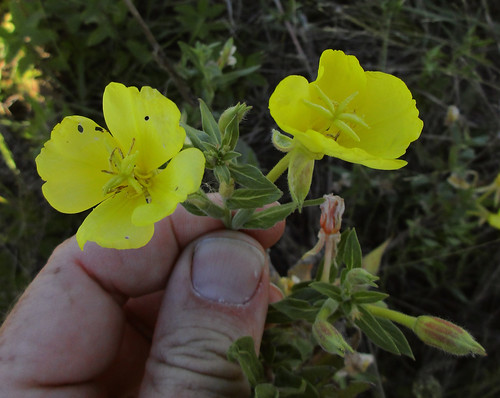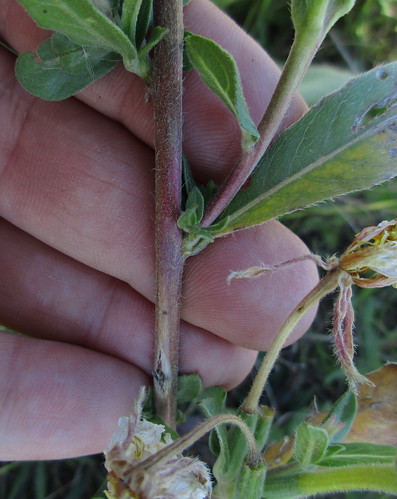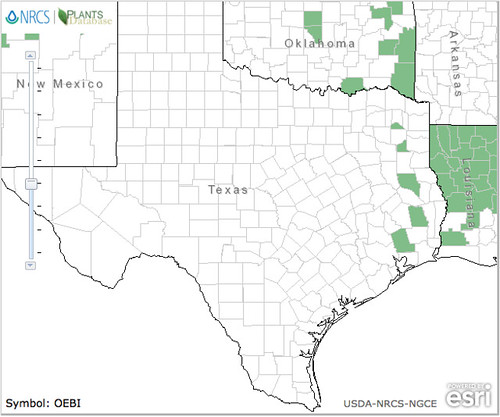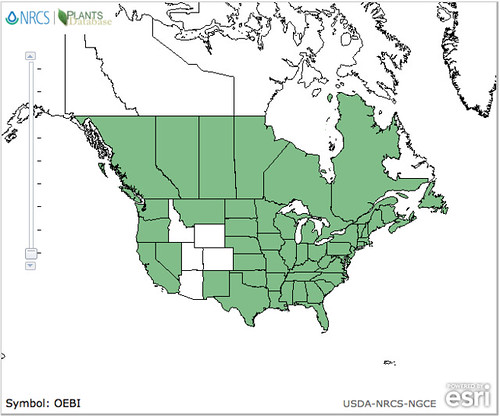Scientific Name(s): Lactuca serriola
Abundance: common
What: young leaves, unopened flower buds
How: leaves in salad or cooked
Where: woods, fields, yards
When: spring, summer
Nutritional Value: Vitamins A, B, minerals
Dangers: excess consumption of leaves and sap can lead to stomach upset, seeds contain some varnish oils.
Leaf Arrangement: The leaves are arranged alternately along the stem.
Leaf Shape: The leaves are oblong to lanceolate, with a unique feature of often having a slightly twisted or curled appearance. They typically measure about 2 to 8 inches in length and 0.5 to 2.5 inches in width.
Leaf Venation: The venation is pinnate, with a central vein and smaller veins extending towards the leaf edges.
Leaf Margin: The margins are irregularly toothed and can have small spines or prickles.
Leaf Color: The leaves are green, sometimes with a hint of blue or gray, and often have a white or light green midrib.
Flower Structure: The flowers are small and borne in clusters in a branching inflorescence. Each flower is about 0.5 inches in diameter.
Flower Color: The flowers are yellow.
Fruit: The plant produces a small, beaked achene (a type of fruit).
Seed: The seeds are tiny, brown, and attached to a pappus, which helps in wind dispersal.
Stem: The stem is erect, can be branched, and grows up to 3 to 6 feet tall. It may have spines along the midrib on the underside of the leaves. Color ranges from reddish to green.
Hairs: There are no significant hairs on the leaves or stems, but the presence of spines or prickles along the rib on the underside of the rib is notable.
Height: Lactuca serriola typically reaches a height of 3 to 6 feet.
Young plant.
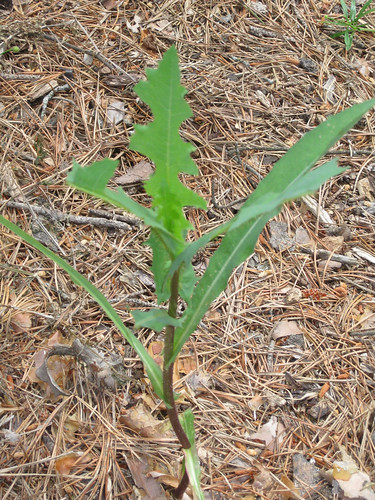
Mature prickly lettuce. They can actually get over six feet tall in prime growing locations.
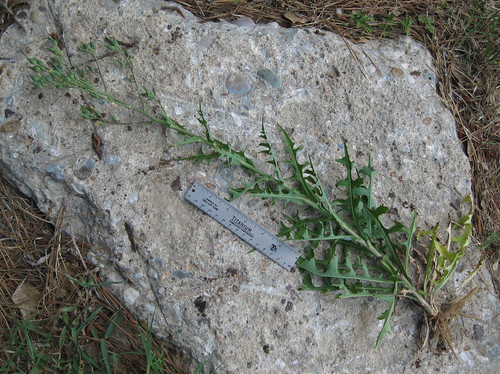
Closeup of prickly lettuce flower buds.
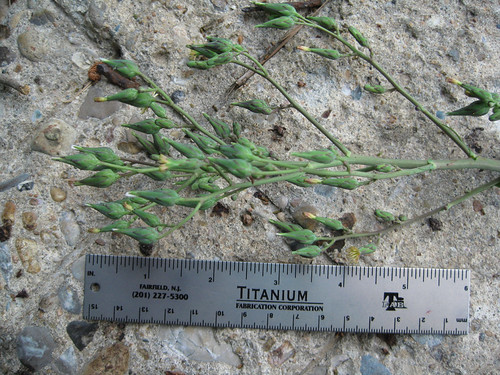
Spines along main vein on bottom of leaf.
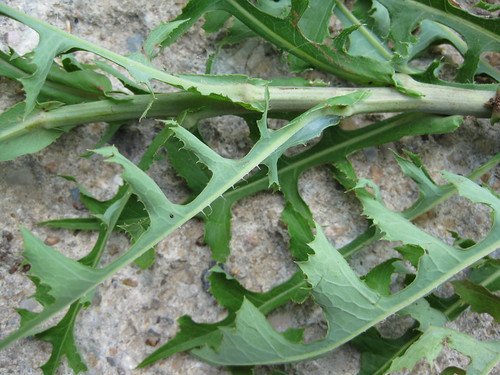

Texas distribution, attributed to U.S. Department of Agriculture. The marked counties are guidelines only. Plants may appear in other counties, especially if used in landscaping.
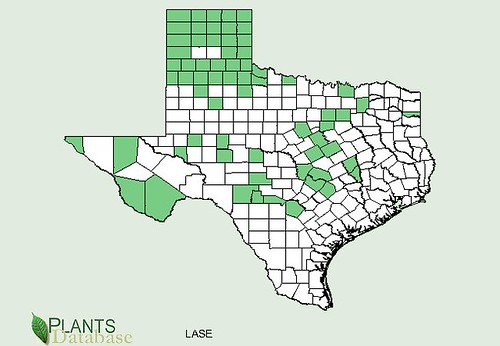
North American distribution, attributed to U.S. Department of Agriculture.
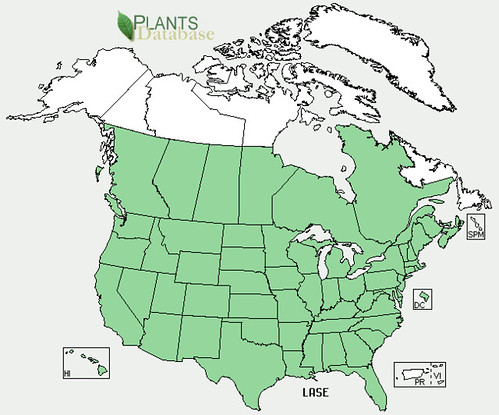
Growing thick and upright in diverse places such as sidewalk cracks to the woods, young prickly lettuce leaves is a fine salad green when used in moderation, though still somewhat bitter. The spines of this plant are fairly soft and edible raw when the leaves are young. As the plant matures it increases in bitterness, becoming inedible by the time it produces flowers. The white, milky sap contains a small amount of the narcotic chemical lactucarium, which has sedative and pain-relieving powers.
I find the young, unopened flower buds to be a good, raw nibble. These unopened flower buds lack a lot of the bitterness found in other members of this family. The youngest leaves are a good addition to salads but they need to be "diluted" with less bitter greens.
Buy my book! Outdoor Adventure Guides Foraging covers 70 of North America's tastiest and easy to find wild edibles shown with the same big pictures as here on the Foraging Texas website.
